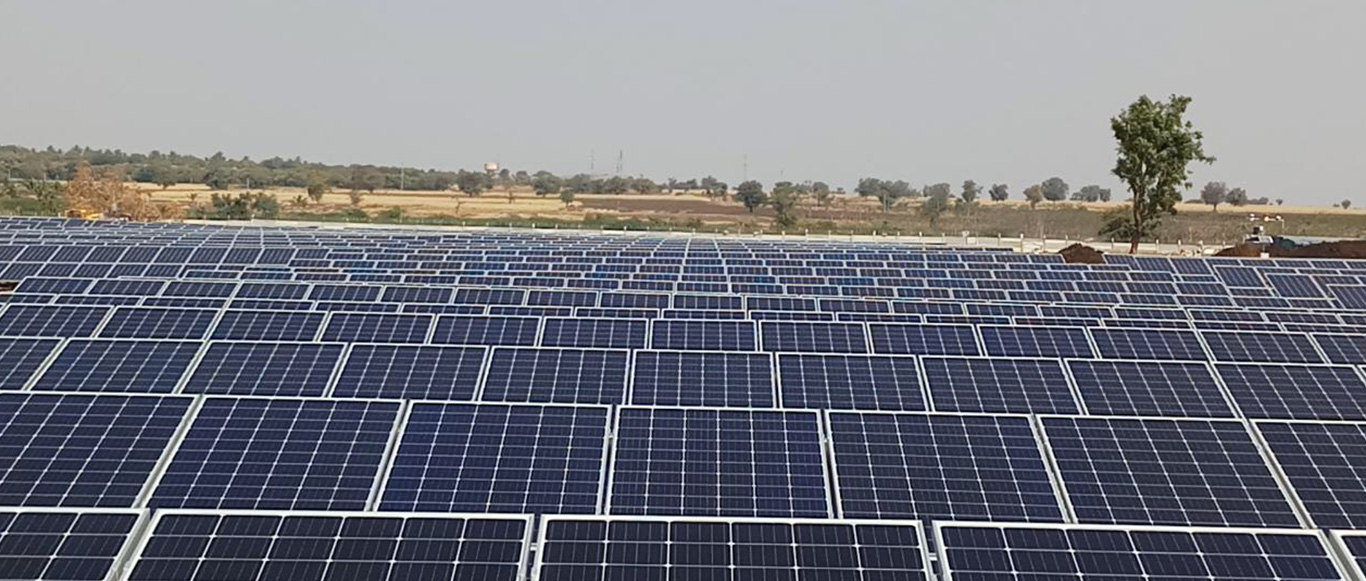





Climate change is among the most pressing issues facing humanity, with all nations being urged to meet the goals of UN SDG 13 Climate Action. As a leading building materials company, we are committed to meeting the rising demands for sustainable cities, while conforming to a low‑carbon circular economy. While ACC has already committed to the Science Based Targets initiative (SBTi) in 2020, we are also planning to validate our targets in the year 2021.
Our consistent efforts over the years have led to significant reduction in specific CO2 emission. With 493 Kg/ T of cementitious material, we have reduced our specific net CO2 emissions by 38% in 2020 compared to 1990 baseline. We have achieved this by working towards following levers.




